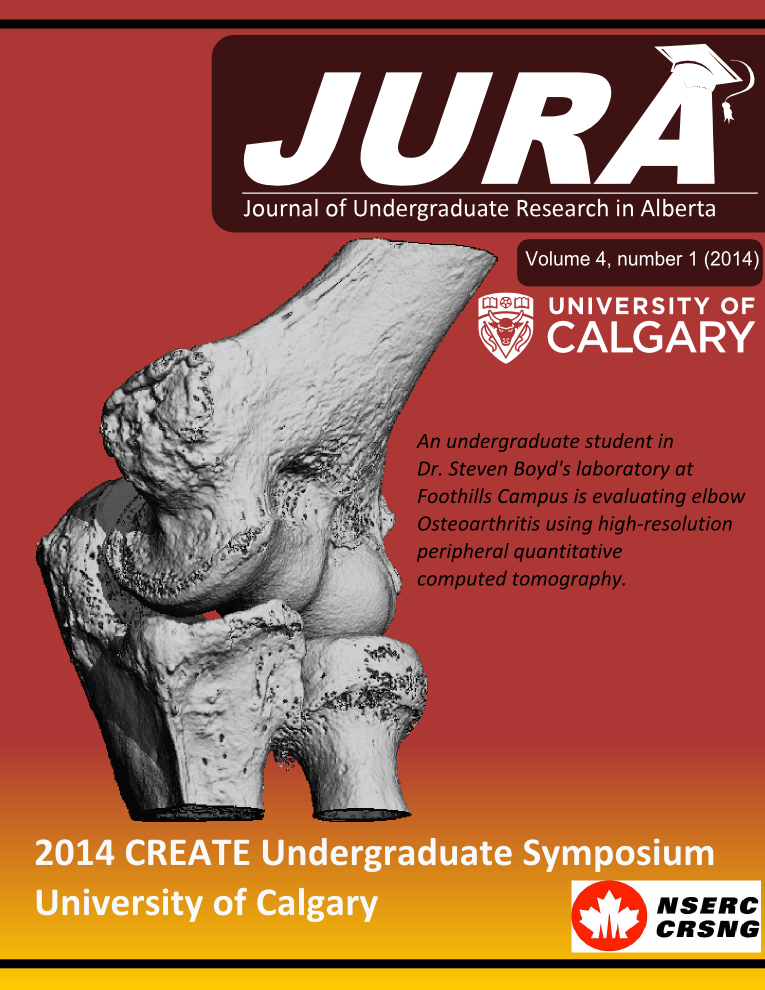DERMATOLOGICAL TRACKING OF CHRONIC ACNE
Abstract
INTRODUCTION
Acne is a condition with severe physical and psychological implications on chronic sufferers, affecting approximately 80 percent of people between the ages of 11 and 30, at some point in their lives. The purpose of the research was to create a prototype that has the potential track changes in the condition for a person suffering from acne, in order to provide an accurate and standardized tool of assessment. Such a tool would be useful in both clinical and research settings where qualitative and quantifiable results are needed [1]. These are normally hard to obtain due to the low reproducibility and high subjectivity of the assessment which often leads to high inter and intra variability in graders.
METHODS
Images of (20) patients with healthy skin, acne, and other conditions similar in appearance to acne were used to test the algorithm, LS-KMC, that is explained in the schematic in Figure 1. The left side outlines the previous method based on Ramli et al.’s work [2], RMH-KMC, for comparison.
RESULTS
The results show that LS-KMC outclasses the previous system, not just by its ability to automatically characterize the condition in the region of interest (ROI), but also by achieving higher scores across all relevant metrics in 19 of the 20 cases.
DISCUSSION AND CONCLUSIONS
We proposed a new acne recognition approach to extend the previous k-clustering method proposed by Ramli et al. to introduce a higher level of computer aided support for providing acne scores. The new algorithm includes a number of steps to automate the identification and classification of acne features. Previously used metrics failed to take into account the nature of the condition and lead to unrealistically high success rates. A new metric, Characterization Sensitivity, was proposed for identifying the relative success of acne recognition algorithms. The metric uses a weighted area technique with assigned coefficients to the areas of the lesions based on the Michaelson grading scale [3]. The results showed that the proposed Lucut-Smith k-clustering algorithm performs much better than the previous systems.
Downloads
Published
Issue
Section
License
Authors retain all rights to their research work. Articles may be submitted to and accepted in other journals subsequent to publishing in JURA. Our only condition is that articles cannot be used in another undergraduate journal. Authors must be aware, however, that professional journals may refuse articles submitted or accepted elsewhere—JURA included.


